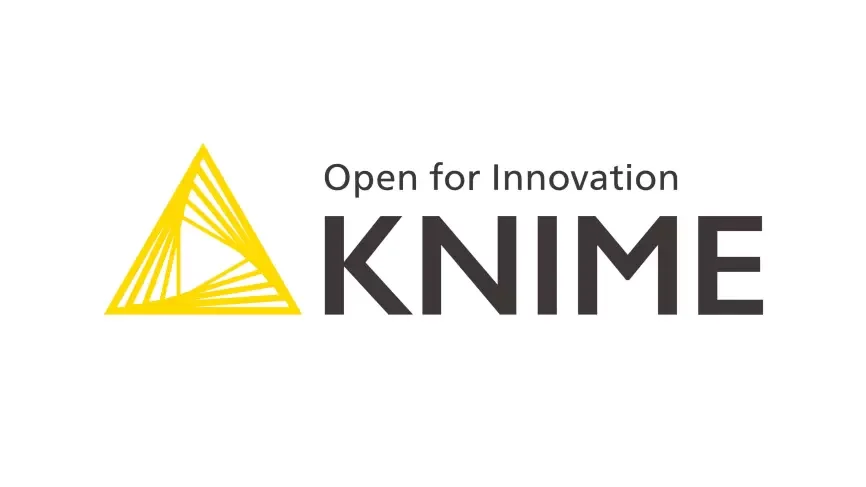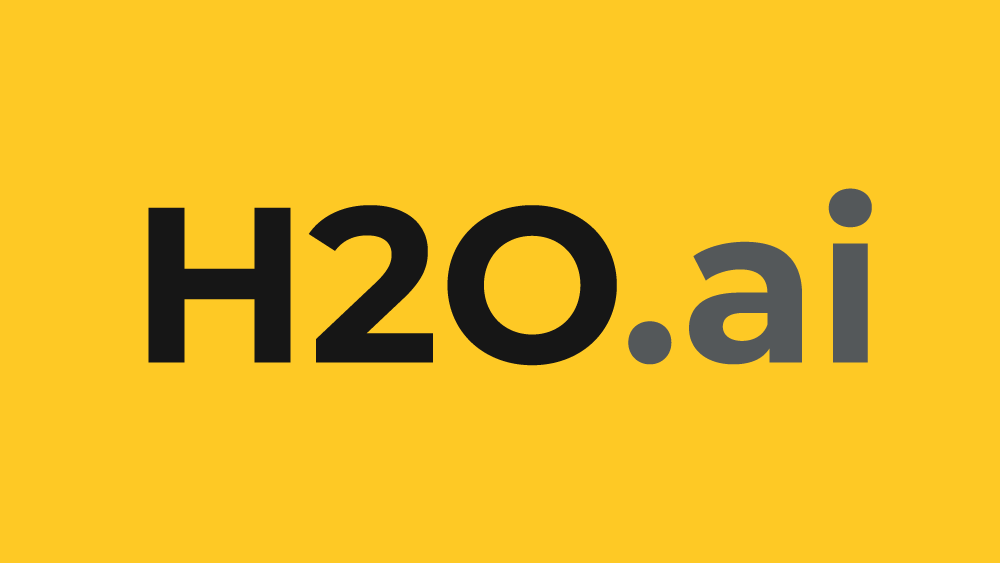Data analysis can be tricky, but AI tools are here to make your life easier. Whether you’re new to data or a seasoned pro, these smart AI tools can save you time and uncover insights you might miss.
In this post, we’ll explore over 10 of the best AI tools for data analysis in 2025. These tools can handle everything from cleaning up messy data to spotting trends and creating eye-catching visuals.
Ready to supercharge your data skills? Let’s dive in and discover how AI can transform the way you work with data.
Table of Contents
- 1. Tableau AI
- 2. Microsoft Power BI
- 3. Looker
- 4. Trifacta Wrangler
- 5. Informatica Data Explorer
- 6. RapidMiner
- 7. KNIME
- 8. H2O.ai
- 9. Amazon SageMaker
- 10. Google Cloud AI Platform
- 11. Microsoft Azure Machine Learning
- Conclusion
1. Tableau AI

Tableau AI is a smart feature in Tableau’s data visualization platform. It uses artificial intelligence to help beginners analyze data easily. Think of it as your personal data assistant, making complex insights simple to understand.
Key Features of Tableau AI
- Pattern Finder: Automatically spots trends and relationships in your data.
- Chart Wizard: Suggest the best visuals to represent your insights.
- Future Predictor: Creates forecasts based on your historical data.
- User-Friendly: Designed for all skill levels, no coding needed.
Why Choose Tableau AI?
Tableau AI is perfect for beginners who want to explore data analysis without the tech hurdles. It simplifies finding insights and creating impactful visualizations. With Tableau AI, you’ll quickly turn raw data into meaningful stories.
2. Microsoft Power BI

Microsoft Power BI is a smart business tool that works great with other Microsoft products, especially Excel. It helps turn your data into easy-to-understand reports and dashboards, making complex information simple to grasp.
Key Features of Microsoft Power BI
- Easy Data Import: Smoothly brings in data from Excel, Azure, and other sources.
- Beautiful Visuals: Creates interactive charts and reports with many design options.
- Spots Unusual Patterns: Automatically find odd trends in your data.
- Ask in Plain English: Get answers about your data by asking simple questions.
Why Choose Microsoft Power BI?
Power BI is perfect if you already use Microsoft products and want user-friendly data analysis. It offers a familiar look, connects easily with other tools, and has smart features to help you explore your data deeper.
3. Looker

Looker is a powerful online tool for big businesses dealing with lots of data. It uses AI to help you explore and understand large amounts of information quickly and easily.
Key Features of Looker
- Central Data Hub: Provides one place to search, analyze, and work together on data.
- Keeps Data Safe: Offers features to protect your information and keep it accurate.
- Finds Important Trends: Uses AI to spot key patterns and unusual data points.
- Team-Friendly: Let groups share and work on data projects together.
Why Choose Looker?
Looker is great for businesses handling big data who need a secure, growable platform. Its AI helps you explore large datasets faster, and it’s designed for teams to work together effectively.
4. Trifacta Wrangler

Trifacta Wrangler is a smart tool that helps clean up messy data. It uses AI to automate many of the boring tasks involved in getting your data ready for analysis.
Key Features of Trifacta Wrangler
- Auto-Cleaning: Finds and fixes errors and inconsistencies in your data.
- Data Transformer: Easily changes data into the right format for analysis.
- Interactive Explorer: This lets you look through your data before making changes.
- Quality Booster: Improves the accuracy of your data for better analysis.
Why Choose Trifacta Wrangler?
If you spend a lot of time preparing data before you can analyze it, Trifacta Wrangler can save you hours. Its AI does much of the cleaning work for you, letting you focus on the actual analysis.
5. Informatica Data Explorer

Informatica Data Explorer is a user-friendly tool that helps everyone in a company use data, not just tech experts. It lets you explore, visualize, and even create simple AI models without needing coding skills.
Key Features of Informatica Data Explorer
- Easy-to-Use: Offers a simple interface for exploring data without coding.
- Drag-and-Drop Charts: Create informative visuals by simply dragging and dropping.
- Smart Data Finder: Suggest relevant data and chart types as you explore.
- Simple AI Builder: This lets you create basic AI models without advanced skills.
Why Choose Informatica Data Explorer?
This tool is great if you want everyone in your company to use data for better decisions. It’s easy to use, has built-in AI help, and encourages a data-driven culture across your organization.RapidMiner: Open-Source Data Science Tool
6. RapidMiner

RapidMiner is a free, open-source platform for data science. It offers a complete set of tools for preparing, analyzing, and modeling data. It’s best for people who are comfortable with coding.
Key Features of RapidMiner
- Free to Use: Available at no cost, making it budget-friendly.
- Visual Workflow Builder: Create data processes without writing lots of code.
- Many Analysis Options: Offers a wide range of data mining and machine learning tools.
- Strong Community: Large group of users providing support and resources.
Why Choose RapidMiner?
RapidMiner is ideal for teams with coding skills who want a powerful, free tool. It provides extensive features, a visual interface for efficient work, and a helpful community for support.
7. KNIME

KNIME is a free, easy-to-use platform for exploring and analyzing data. It works well for both beginners and experienced analysts, using a simple drag-and-drop interface.
Key Features of KNIME
- Easy Workflow Creation: Build data processes by connecting pre-made blocks.
- Free and Expandable: Use for free and add extra features as needed.
- Works with Other Tools: Connects easily with various data sources and platforms.
- Interactive Visuals: Create engaging charts to understand your data better.
Why Choose KNIME?
KNIME is perfect if you want a user-friendly, free data analysis tool. It’s great for all skill levels, has strong community support, and works well with other data tools.
8. H2O.ai

H2O.ai is a free platform designed for building AI models. It’s especially good at handling large datasets efficiently, making it ideal for complex machine-learning projects.
Key Features of H2O.ai
- Fast Learning: Trains AI models quickly using multiple computers.
- Auto-Tuning: Automatically adjusts settings to improve AI model performance.
- Explainable AI: Helps you understand how your AI models make decisions.
- Free and Scalable: Use at no cost and easily handle larger projects.
Why Choose H2O.ai?
H2O.ai is great for teams working on big machine-learning projects. It’s free, and fast, and helps you build AI models that you can understand and explain.
9. Amazon SageMaker

Amazon SageMaker is a cloud tool for building, training, and using AI models. It’s part of Amazon Web Services (AWS) and provides everything you need for machine learning projects.
Key Features of Amazon SageMaker
- Works with AWS: Fits seamlessly with other Amazon cloud services.
- Ready-to-Use AI Tools: Offers pre-built algorithms and popular AI frameworks.
- Automated Processes: Simplifies many steps in creating and using AI models.
- Grows with You: Easily handles projects of any size using Amazon’s resources.
Why Choose Amazon SageMaker?
If you already use AWS and need a cloud-based AI solution, SageMaker is a strong choice. It offers a smooth experience with pre-built features and the power of Amazon’s cloud.
10. Google Cloud AI Platform

Google Cloud AI Platform is a set of cloud-based AI services. It provides tools for building, training, and managing various AI solutions, leveraging Google’s expertise in AI.
Key Features of Google Cloud AI Platform
- Google AI Power: Use Google’s cutting-edge AI technologies in your projects.
- Flexible and Scalable: Adjust resources as your AI needs to grow.
- Pre-made and Custom AI: Choose from existing solutions or build your own.
- Team Collaboration: Work together on AI projects and track their performance.
Why Choose Google Cloud AI Platform?
If you use Google Cloud and want to tap into Google’s AI expertise, this platform is ideal. It offers robust tools, ready-made solutions, and the scalability of Google’s infrastructure.
11. Microsoft Azure Machine Learning

Microsoft Azure Machine Learning is a cloud platform for creating and managing AI models. It’s designed for data scientists and developers who want to build AI solutions within the Microsoft Azure ecosystem.
Key Features of Azure Machine Learning
- Works with Azure: Integrates smoothly with other Microsoft cloud services.
- Automated AI Experiments: Simplifies the process of creating and testing AI models.
- Easy Deployment: Quickly put your AI models to work in apps or websites.
- Responsible AI Focus: Provides tools to ensure fair and ethical AI use.
Why Choose Microsoft Azure Machine Learning?
If your team uses Microsoft Azure and has AI expertise, this platform is a natural fit. It offers a smooth workflow, automated AI features, and tools to ensure responsible AI practices.
Conclusion
In conclusion, AI tools for data analysis are changing how we understand and use information. From user-friendly options like Tableau AI to powerful platforms like Azure Machine Learning, there’s a tool for every need.
These AI helpers make it easier to spot trends, create clear visuals, and make smart decisions. By choosing the right tool, you can unlock the full potential of your data and drive your business forward.


5 thoughts on “10+ Best AI Tools For Data Analysis (2025)”